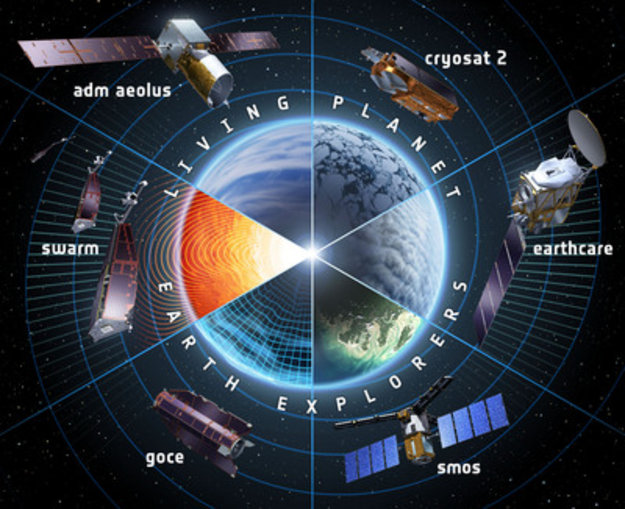

It is a series of standards that governs how data is sent between Ethernet components as explained before.
#DESCRIBE EARTHNET MAC#
Both the MAC and physical addresses of the sender and recipient.The frame contains the sent data payload as well as the following: Ethernet employs an access mechanism known as CSMA/CD (Carrier Sense Multiple Access/Collision Detection) to enable each computer to listen to the connection before delivering data across the network.Įthernet also transmits data using two components: packets and frames. The data connection layer in a network system is primarily concerned with transmitting data packets from one node to the other.

Ethernet divides the data connection layer into two distinct layers: the logical link control tier and also the medium access control (MAC) tier. In the OSI network structure, this protocol works bot.h the physical layer and data link layer, the first two levels. The Ethernet protocol employs a star topology or linear bus, which is the basis for the IEEE 802.3 standard. See More: What Is Software-Defined Networking (SDN)? Definition, Architecture, and Applications How does Ethernet work? The IEEE adopted the first 802.3 standards for thick Ethernet in 1983 and was published formally in 1985. The LAN/MAN committee established an Ethernet subcommittee with the designation 802.3. And in the meantime, the IEEE Local and Metropolitan Area Networks (LAN/MAN) Standards Committee set out to produce an equivalent open standard. In 1980, Xerox collaborated with Digital Equipment Corporation and Intel to create the first 10 Mbps Ethernet standard. Metcalfe and Boggs, together with their colleagues at Xerox, Charles Thacker, and Butler Lampson, would successfully trademark Ethernet technology four years later. Metcalfe determined in 1973 that the technology had surpassed its initial appellation, Alto Aloha Network, and rebranded it as Ethernet. Metcalfe built Ethernet based on the Aloha system, an earlier networking initiative that started in 1968 at the University of Hawaii. Metcalfe developed the idea of Ethernet in a document he wrote for Xerox PARC in 1973, marking the beginning of Ethernet’s development. In 1983, the Institute of Electrical and Electronics Engineers (IEEE) ratified it as a standard.

How did Ethernet evolve?Įthernet was created in the early 1970s at the Xerox Palo Alto Research Center (PARC) by a group that included David Boggs and Robert Metcalfe. Today, it is among the most widely used network technologies worldwide. Ethernet is continually redesigned as its capabilities expand and evolve. This is the primary reason why so many businesses and organizations continue to adopt Ethernet.Įthernet celebrated 25 years of existence in 1998 by that time, it had undergone several revisions as technology advanced. Wired networks are more reliable and less susceptible to interference than wireless networks. Wireless networks have superseded Ethernet in many locations, yet the latter continues to be more prevalent for wired networking.

However, the connection speed will be determined by the weakest components. Most Ethernet devices are compatible with Ethernet connections and devices that run at slower speeds. This is because laptops have Ethernet connectors, into which cables are inserted, and the other end is linked to routers. With a router and just a few Ethernet connections, it is possible to construct a local area network (LAN ) that enables users to communicate between all connected devices. It provides a straightforward user interface that facilitates the connection of several devices, including switches, routers, and PCs. With LAN and WAN, several devices, such as printers and laptops, may be connected across buildings, residences, and even small communities. It connects local area network (LAN) and wide area network (WAN) systems (WAN). Ethernet is a networking technology that includes the protocol, port, cable, and computer chip needed to plug a desktop or laptop into a local area network (LAN) for speedy data transmission via coaxial or fiber optic cables.Įthernet is a communication technology developed in the 1970s by Xerox that links computers in a network via a wired connection.


 0 kommentar(er)
0 kommentar(er)
